
It would be difficult to overstate the importance of tires. The only part of your vehicle that actually comes into contact with the road, the right tires make the difference between a confident grip on the road, and a loss of control. A major part of getting the right tires is understanding what the embossed numbers on the side of the tires mean. These are important enough to be molded right into the tire, yet many people don't know what they mean. So Schumacher Chevrolet of Little Falls has put together the following guide to help demystify this important information you can find on every tire.
Tire Sizes Explained

To illustrate what the numbers mean as well as why they're important, we're going to look at a few tires from different Chevrolet models and break down what the differences mean. Before we get into the numbers themselves, we're going to quickly bring up P or LT which sometimes precedes the numbers on the tire. This simply means either "passenger" or "light truck". Generally, it's pretty easy to tell which one a given vehicle will use, although sometimes larger SUVs will use LT tires despite being made mainly to haul passengers. Here are some tire size examples:
- TrailBlazer - 225/60R17 99 H
- Silverado - 255/70R17 112 T
- Corvette Front Tire - 245/35R19 89 Y
- Corvette Rear Tire - 305/30R20 103 Y
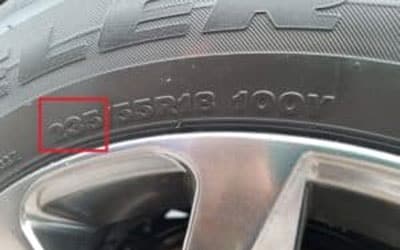
First Number: "235" is the Tire Width in Millimeters
The first number on a tire is extremely straightforward, it's the width of the tire in millimeters. The width of a tire is always a tradeoff between traction, load capacity, and efficiency. A wider tire will grip the road better and support more weight, but for smaller vehicles that aren't built for performance, a skinnier tire can deliver better fuel economy without sacrificing driving manners. You may notice a big difference in the front and rear tire sizes on the Corvette, and this is because a lot of power is going to the rear wheels. Those wheels need a lot of grip, but the front wheels don't need nearly as much, so smaller tires are used.
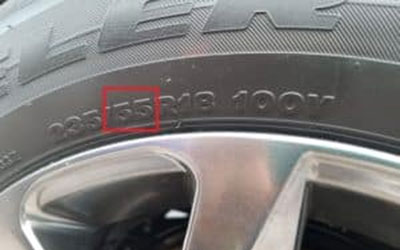
Second Number: The Tire Height is "55" Percent of the Tire Width
The second number shows the height of the sidewall, but it's not a simple measurement like it is with the tire width. This second number actually represents the height of the sidewall expressed as a percentage of the width of the tire. So in our example image, this tire has a width of 235 millimeters, and the "55" indicates that the tire height is 55% of the width or 129.25 millimeters (235 x 0.55 = 129.25). A taller sidewall acts as a bit of a secondary shock absorber, and makes for a more comfortable ride, which is why you see such taller sidewalls on off road vehicles. But a shorter sidewall is better for high-speed cornering, and also saves weight. This is why you'll see short sidewalls on sports cars like the Corvette.
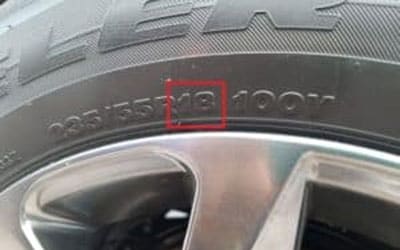
Third Number: The Wheel Size in Inches
The third number is once again pretty simple, it is the size of the wheel the tire will fit, only this number is expressed in inches. So here in our example, this tire will only fit 18" wheels. Yes, tire information mixes metric and imperial measurements in one short series of numbers. Confusing? Certainly. But it's the way tire sizes have been expressed since the beginning. The R preceding the 3rd number just indicates that the tire is a radial design. You'll unlikely to encounter many tires that aren't radials today outside of heavy equipment or some extreme offroad vehicles.
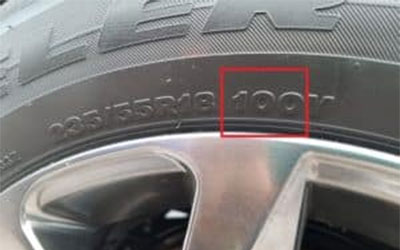
Fourth Number: A Load Index Code
This is the load index, indicating how much weight each tire can support. The number itself is just a code though - not an actual measurement like the first three, so you'll have to cross-reference this number to find what the actual weight limit is in pounds. Higher numbers do mean higher capacities though, so when you see a larger number here, it does indicate the ability to carry larger loads.

Last Letter: A Speed Rating Code
This last letter is the speed rating, and like the load index, it's a code. But unlike the load index, the given letter's position in the alphabet has no bearing on the top speed. So even though T comes well after H in the alphabet, it doesn't necessarily mean that the "T" rated tire is rated for higher speeds than an "H" rated tire. Like the Load Index though, you'll need to cross-reference the code to get the tire's Maximum Speed Rating.
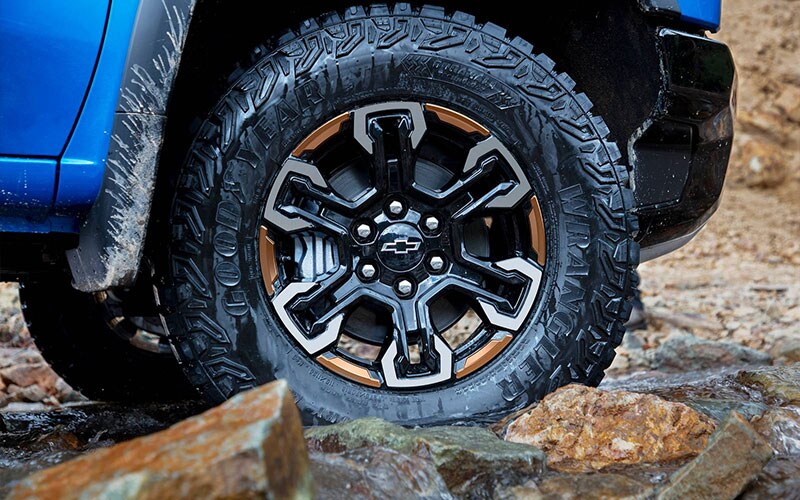
Shop For Tires With Schumacher Chevrolet of Little Falls
Whatever your service needs, Schumacher Chevrolet of Little Falls is the way to go. That's because our team of experts knows your Chevrolet vehicle inside and out, and has the equipment and genuine OEM parts to do the job properly. Our team has the expertise to make sure that you get the right tires, and that they are mounted and aligned the right way.